Give the inverse operation for the statement. Then write a function f for the given statement and a function g for its inverse operation.Divide x by 8 and then add 16 to the result.
A. Subtract 8 from x and divide the result by 16; f(x) =  + 8; g(x) =
+ 8; g(x) = 
B. Subtract 16 from x and divide the result by 8; f(x) =  + 16; g(x) =
+ 16; g(x) = 
C. Subtract 8 from x and multiply the result by 16; f(x) =  + 8; g(x) = 16(x - 8)
+ 8; g(x) = 16(x - 8)
D. Subtract 16 from x and multiply the result by 8; f(x) =  + 16; g(x) = 8(x - 16)
+ 16; g(x) = 8(x - 16)
Answer: D
You might also like to view...
Find the domain and graph the function.F(t) = 
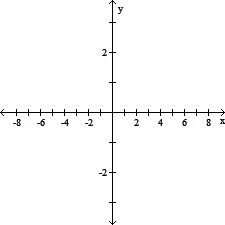
A. D: (-?, -5) ? (-5, ?)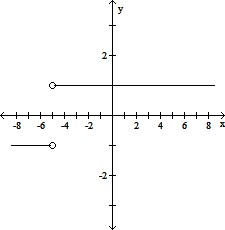
B. D: (-?, ?)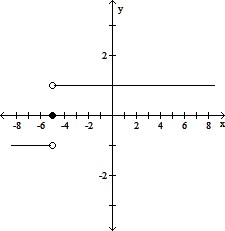
C. D: (-?, 0) ? (0, ?)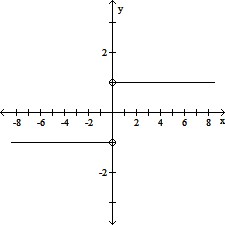
D. D: (-?, -5) ? (-5>, ?)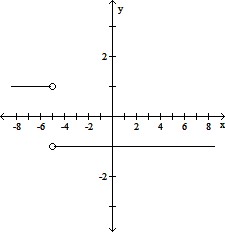
Decide whether the figure is convex or concave.
A. Convex B. Concave
Determine the symmetries of the curve.r = -2 sin ? - 4 cos ?
A. y-axis only B. No symmetry C. x-axis, y-axis, origin D. x-axis only
Determine the number of turning points of the graph of the function 
a. Number of turning points: 3 b. Number of turning points: 1 c. Number of turning points: 2 d. Number of turning points: 4